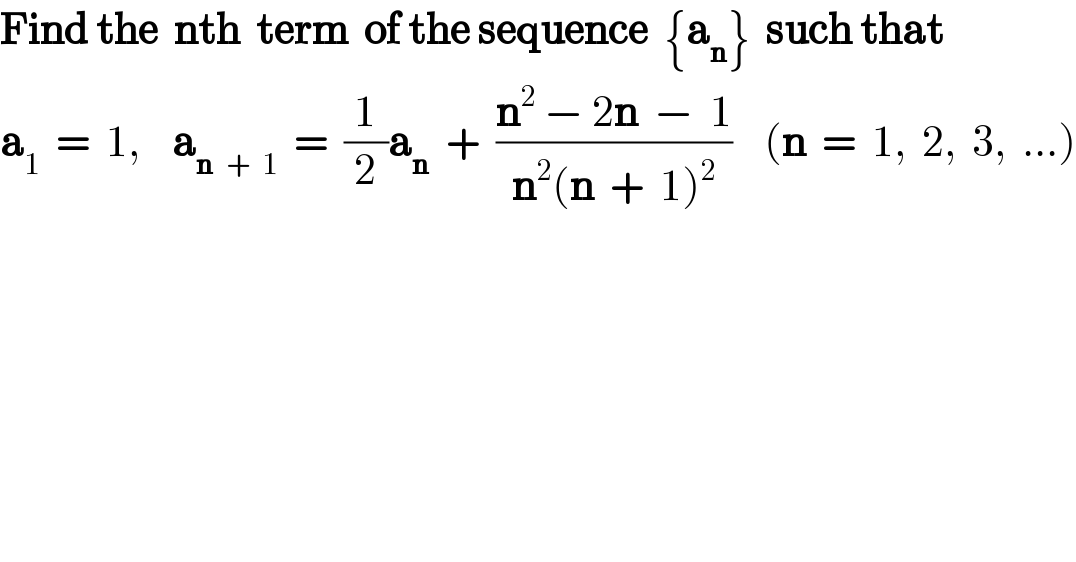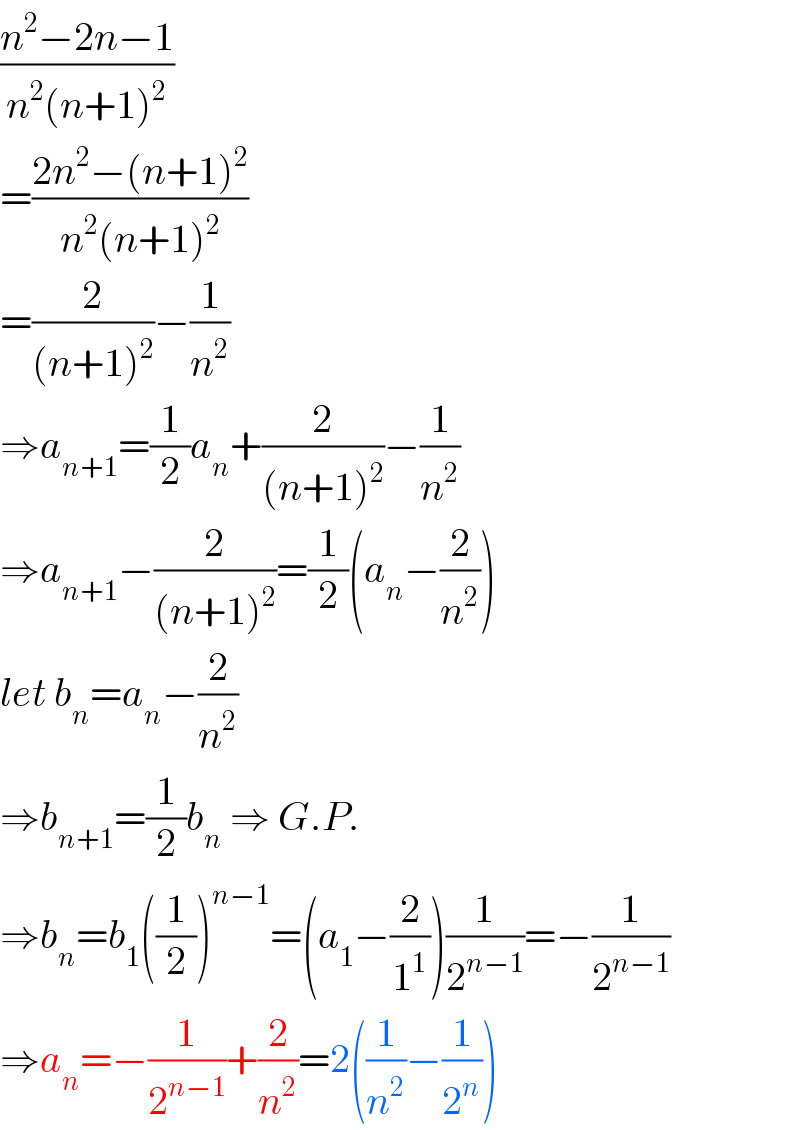
Question and Answers Forum
Question Number 98205 by I want to learn more last updated on 12/Jun/20

Answered by mr W last updated on 12/Jun/20

Commented by I want to learn more last updated on 12/Jun/20

Commented by I want to learn more last updated on 12/Jun/20

Commented by Rio Michael last updated on 12/Jun/20

